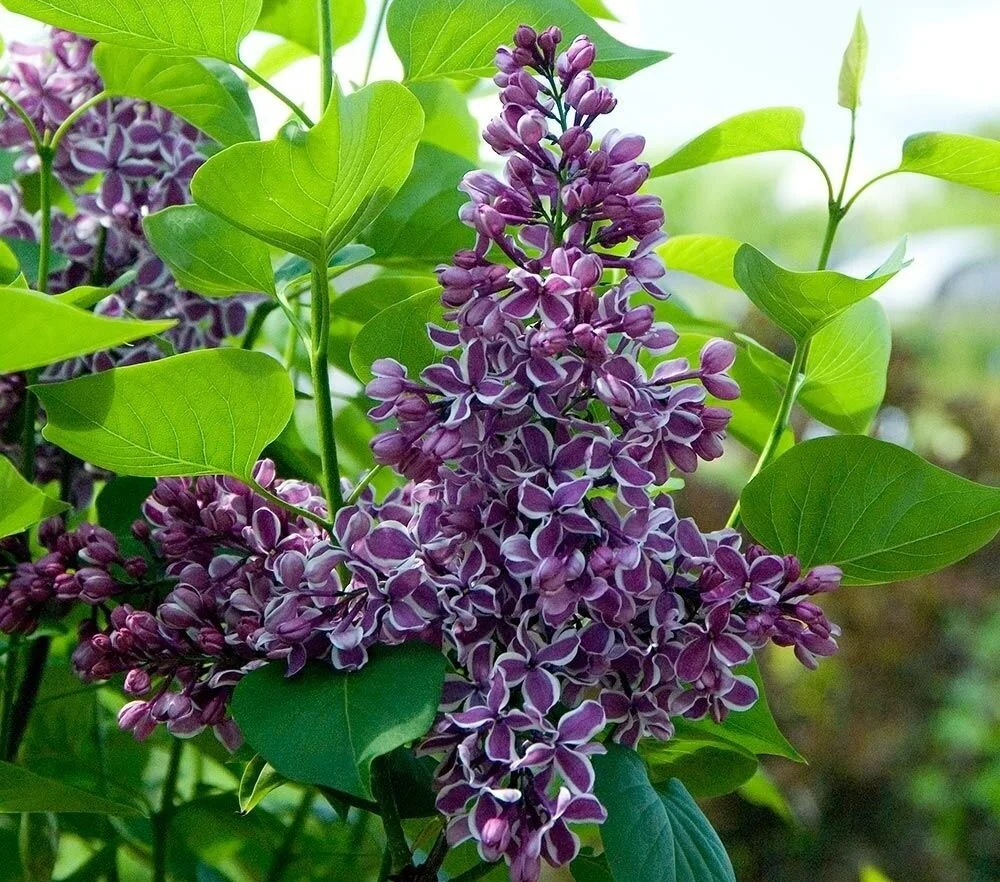Pruning Spring Blooming Shrubs
Camellia ‘April Remembered’
Spring is time to start pruning early season blooming shrubs as flowers start to fade.
Azalea ‘Coral Bells’
Azaleas -
As flowers begin to fade is a great time to start pruning Azaleas. Tip back any leggy or uneven shoots and remove any crossing or crowded branches. Now is a great time to prune for size control as well, azaleas typically will handle fairly heavy pruning. If they have gotten out of hand they can be pruned back into hard wood and they will still set new buds. Keeping Azaleas sheered will keep them dense and bushy and keep them blooming heavily.
Camellia ‘Yuletide’
Camellias -
Winter blooming Camellias (sasanqua types) will typically finish blooming by mid-February as the Spring blooming Camellias (japonica types) start to flower. As soon as the last of the blooms start to look tired out is a good time to start cleaning them up. Camellias should be occasionally thinned of crowded branching to allow the plant to breath, this will help prevent any pest or disease issues. To control overall size branches can be tipped back to a shoot or a bud pointing away from the center of the plant
Daphne odora ‘Zuiko Nishiki’
Daphne odora -
Winter Daphne is one of the most beloved early season bloomers with it’s intensely fragrant very early blooms, typically starting to perfume the garden by mid February. Winter Daphne typically don’t need much work to keep them looking good. Tip back any lanky or un-even growth to shape, to control size Daphne can be cut back by up to ~1/3 of the overall size. If you have a variegated form of Daphne look for any branches that have reverted back to green and remove them.
Forsythia ‘Lynwood Gold’
Forsythia -
Forsythia is a large deciduous shrub with gracefully arching branches that will form a thicket with new growth pushing from the base of the plant. Once flower buds start to swell branches can be brought indoors to bloom as a cut flower. The oldest and longest branches should be cut off at the base to allow newer, younger shoots to fill in. Plants can be hedged but they tend to look messy and lose their graceful habit when pruned this way. There are several new compact growing varieties, these should be pruned in the same manner, removing the oldest stems to the ground to keep the plants open and vigorous.
Syringa vulgaris ‘Sensation’
Lilac -
Well after Daphne are done blooming Lilacs will begin to perfume the garden. After flowering Lilacs should have any crossing or overcrowded branches removed to keep the structure open. Size can be controlled by tipping branches back to a set of buds at the desired height. Height can also be controlled by removing the tallest, oldest shoots down to the base allowing younger shoots to fill in.
Rhododenron catawbiense 'Album'
Rhododendrons -
As blooms fade Rhododendrons should be dead-headed to remove any messy seed pods before the plant starts to put any energy into them. To keep Rhododendrons bushy, tip back any leggy or lopsided growth to a whorl of leaves. Old plants that have gotten over grown can be cut back into hard wood to control size. This will get leggy plants to bush back out, it may take a couple years for plants to fill back in but they will be happier in the long run. Fun fact, all Azaleas are Rhododendrons but not all Rhododendrons are Azaleas, Azaleas have five anthers and Rhododendrons have ten or more anthers.






